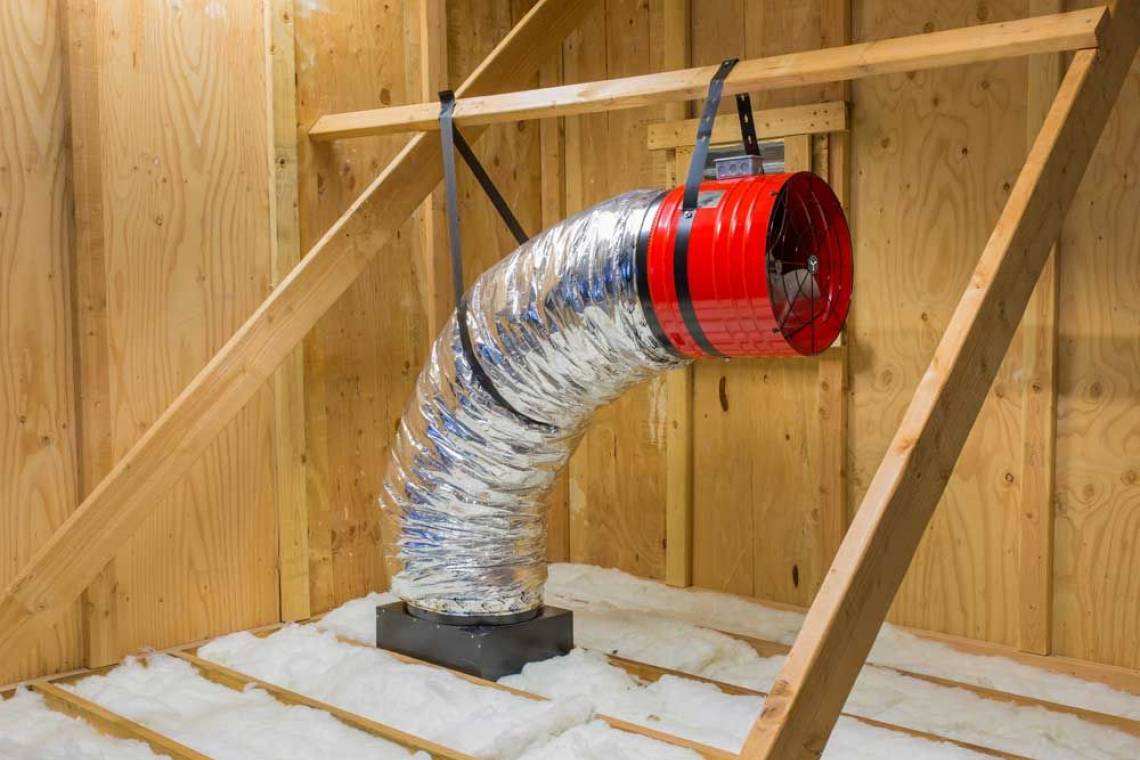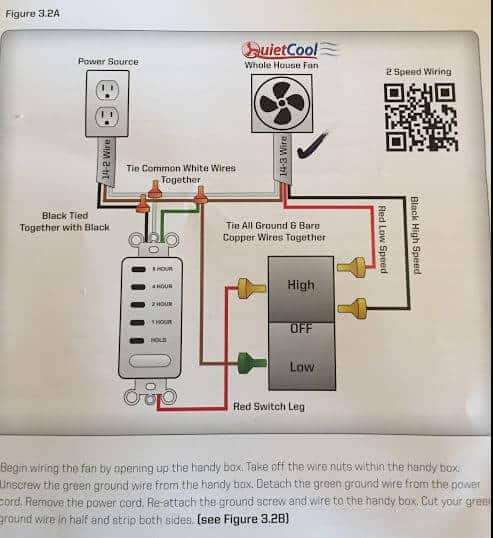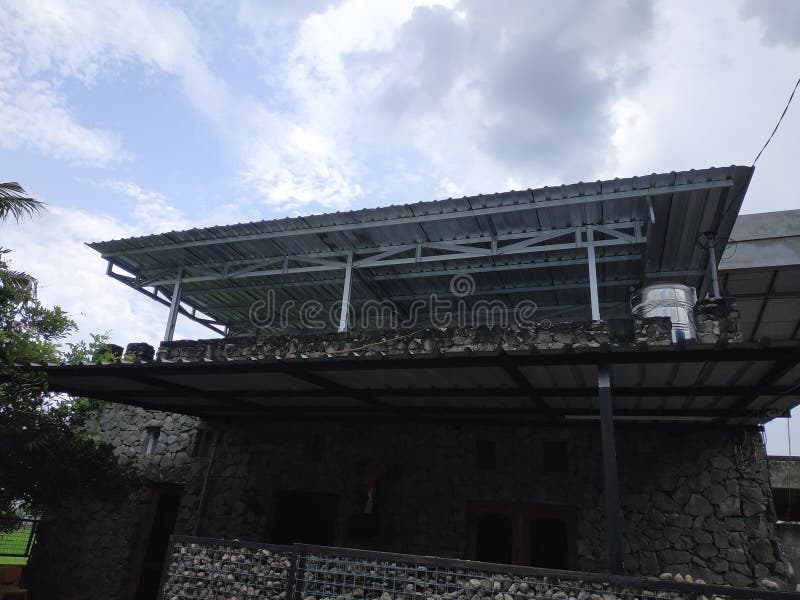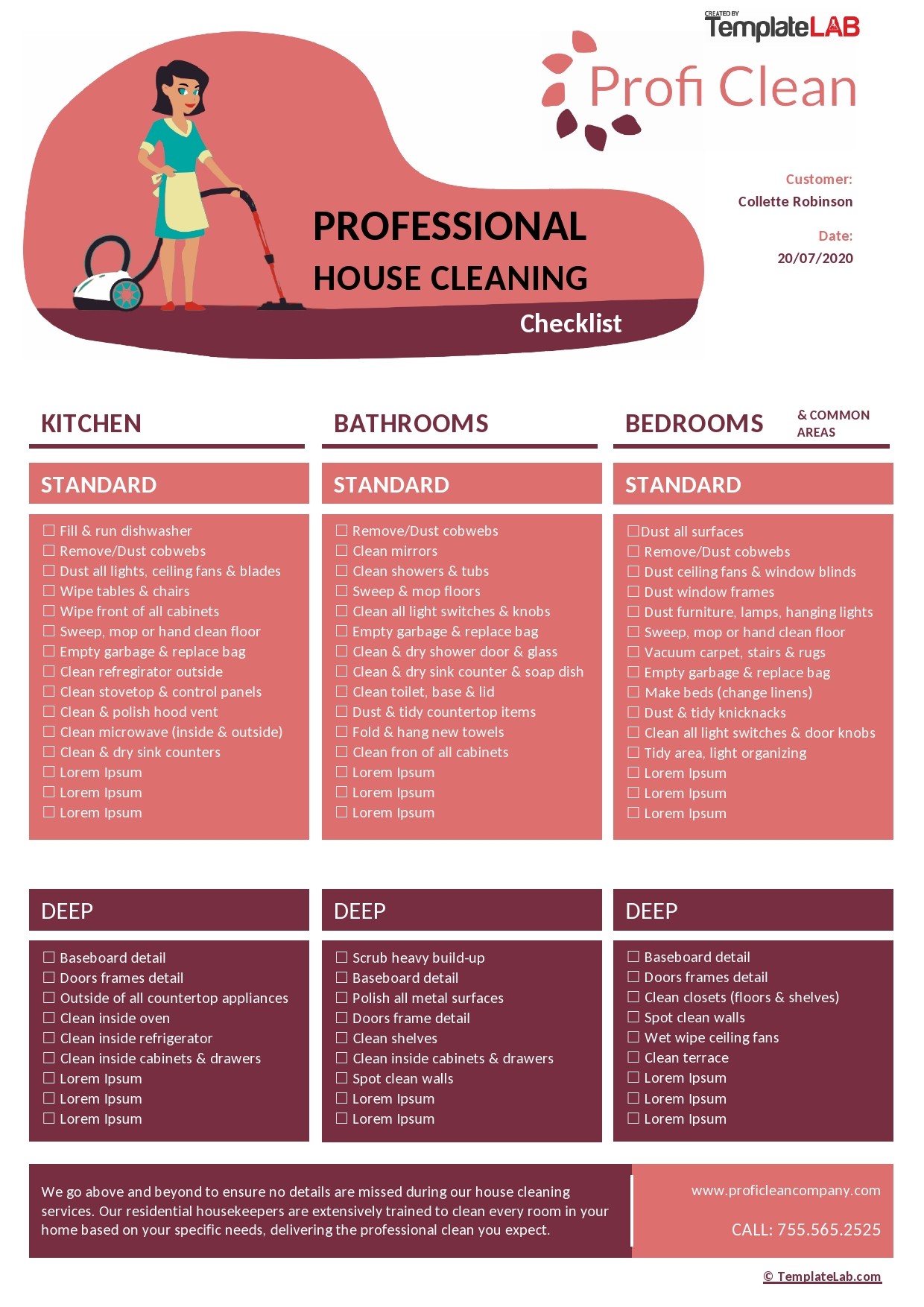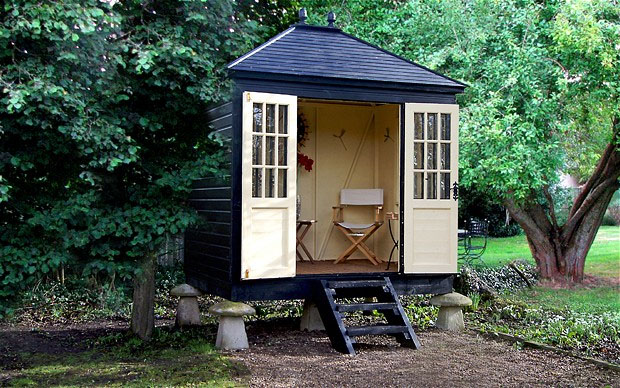Table Of Content
- QuietCool 5576 CFM Energy Saver Advanced Whole House Fan
- The Best Window Fans, Tested & Reviewed
- QuietCool 2465 CFM Classic Advanced Whole House Fan
- The Speediest Way to Cut Your Summer Energy Bills
- Whole House Fan Climate Zone Map
- The Best Whole House Fans
- Cool Attic CX1500 Gable Mount Power Attic Ventilator
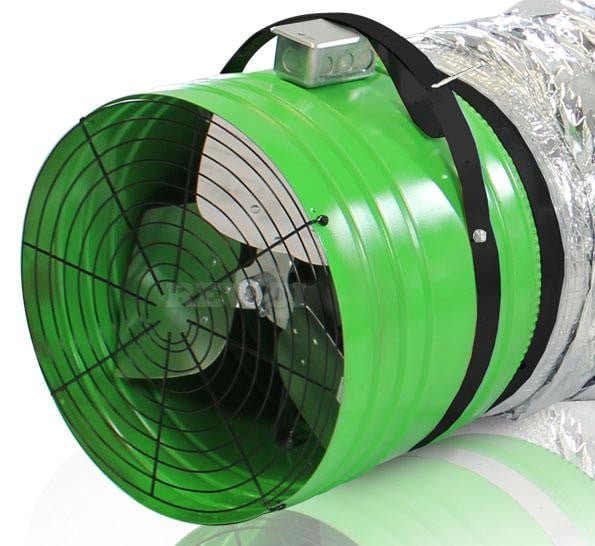
A multi-room or also known as a zoned system is a Advanced Whole House Fan that is a bigger, stronger version of this type of ventilation system that can cool more than one room at once. Most of the time, these fans are put in homes with more than one story or a larger footprint so that every part of the house can be cooled effectively. The humidity level is usually high in the early morning and drops down to its lowest point in the late afternoon. By the time early morning comes, the homeowner will shut off the Advanced Whole House Fan and enjoy a cooler house all day long. Most Advanced Whole House Fan manufacturers recommend sizing a Advanced Whole House Fan at 2 to 3 CFM (cubic feet of air per minute) per square foot of living space. This recommendation is typically based on the location that your home is located in.
QuietCool 5576 CFM Energy Saver Advanced Whole House Fan
Installing a small fan in a large house won’t pull cooler air into the space effectively, and installing a large fan in a small home might feel like living in a wind tunnel. A multi-zoned ventilation and air-conditioning system allows the homeowner complete control over their demands. A zoned system’s total CFM requirements must be met by the combined CFM of all zoned units (not just one fan). When the entire house needs to be cooled, all designated fans can be activated simultaneously. A zoned system, on the other hand, provides for more precise airflow management for each individual room.
The Best Window Fans, Tested & Reviewed
A good system would be provided by 2 CFM, a better system by 2.5 CFM, and the best system by 3 CFM. Use the calculator on this page to determine how much CFM you need in your home. Any size home can use this math formula without fail, however keep in mind that the better the airflow, the more accurate it will be. Our Trident Pro X Series is the powerful Whole House Fan that is ideal for any home in need of maximum airflow.
QuietCool 2465 CFM Classic Advanced Whole House Fan
If you live closer to the coast or at higher elevations, you may be able to eliminate A/C usage completely. If you live more inland in a desert climate, you may be able to save up to 50-75% off A/C related costs, and possibly even more in the other seasons. If you live more inland in a desert climate, you may be able to save up to 60-75% off A/C related costs, and possibly even more in the other seasons.
The Speediest Way to Cut Your Summer Energy Bills
After doing our homework, we found QuietCool and were blown away by the quality of this product and how much it can save our clients on energy costs. Its high-quality construction also makes this an especially sturdy model, and its rubber bushings help to reduce vibration and noise, keeping its operating level at about 51 decibels. Solid foam dampers flip into place and form a tight seal when the system is not in use, preventing warm air seepage and increasing its overall efficiency. The powder-coated finish of this fan helps it stand up to weather corrosion issues, and combined with its steel motor struts, make this an especially durable model.
Whole House Fan Climate Zone Map
Its convenient two-speed wall switch also allows you to choose from four different timer settings, ranging from one to eight hours. The large insulated doors on this ductless fan, which automatically close shut when the fan is not in use, are a big reason why we chose it for this list. This mechanism keeps that precious cold air trapped inside your home instead seeping out into the attic. For more great ways to cool your home, check out our picks for the best pedestal fans, oscillating fans, and tower fans. The belt dampens much of the chatter and vibration, as long as the belt is in good working condition. There are four main types of whole-house fans, and they differ in several ways.
The Best Whole House Fans
We touched on this earlier, however, we can’t speak enough about the importance of clean indoor air. An open loop system means that instead of blowing used air – fresh air is introduced into your home constantly. In fact, with the QuietCool Whole House Fan, fresh air will cycle into your home up to 20 times per hour.
The best system combines an attic fan and an Advanced Whole House Fan to cool, ventilate, and exhaust the entire home, day and night, and year-round. The best system combines an attic fan and a Advanced Whole House Fan to cool, ventilate, and exhaust the entire home, day and night, and year-round. In the winter, moisture and mold can build up due to the air in the home being very warm versus the air in the attic being very cold.
Quiet Fans To Buy In 2024 — Quiet Mark Approved Silent Fans - House Beautiful
Quiet Fans To Buy In 2024 — Quiet Mark Approved Silent Fans.
Posted: Tue, 26 Mar 2024 07:00:00 GMT [source]
Those looking for a simple, effective approach to whole-house cooling will want to check out Cool Attic’s CX30BD2SPD two-speed belt-drive fan. This model comes in both 24- and 30-inch sizes, which are suitable for homes between 2,000 and 3,000 square feet. With its belt-driven motor and stabilized framework, the fan cools homes quietly. The Quiet Cool ES-7000 uses a unique, patented design that uses an acoustical duct attached to an R5 damper box. This model whole house fan uses the innovative ECM energy saver motor that uses hardly any power while moving extreme amounts of air. The QuietCool QC ES-7000 is designed to be installed centrally in extra large homes.
This solid construction gives this fan a nice sturdy feel, and reduces the chances of rattling or squeaking during use. Its direct-drive design contributes to its quiet operation, and by using four blades instead of the usual three, increases its productivity. We did our best when assembling this list to make sure it included a good mix of different sizes and styles, including ducted and non-ducted options. You may also want to consider where the fan will be installed—some are wall-mounted, while others require ceiling mounts—and whether or not you want a unit that includes a remote control. Some units that can be remote-controlled require you to purchase the remote separately, so you may want to factor that into your total purchase price, too.
Most manufacturers recommend sizing a Advanced Whole House Fan at 2 to 3 CFM (cubic feet of air per minute) per square foot of living space. In the winter, homeowners can use a whole house fan during the warmest times of the day for just a few minutes to bring in fresh air and exhaust the stale, stuffy air. I live in Northern California and there are typically 1-2 unbearable weeks out of the year temperature wise. House is 1950’s original blown attic insulation, aluminum single pane windows, stucco exterior (which heats during the day and stays hot at night). Our Classic Series is the powerful Whole House Fan that started us on our journey of accomplishing energy-efficient whole-home cooling.
Advanced Whole House Fans are the best indoor air quality product money can buy for a single family residence. DIYers looking to install quiet whole-house ventilation will want to give QuietCool’s CL-1500 whole-house fan serious consideration. This ducted unit places the direct-drive fan in the attic space, which allows the fan to draw cool, fresh air into the home without noise and chatter.
They’re effective at cooling when the exterior temperature is lower than the temperature inside the home. The airflow these fans create can make a space much more comfortable, even if it doesn’t lower the temperature inside very much. Installed in an attic floor, the fan is equipped with a set of louvers that are closed when the fan isn’t in use. You can choose the amount of airflow by setting the fan to one of two speed settings. While the Cool Attic doesn’t come with a temperature switch or a timer switch, it does have both an on/off switch (which DIYers can replace with a Wi-Fi model) and a high/low switch.
The main factor to consider when purchasing a whole house fan is the size of your attic, which will inform you of the size fan you’ll need. A larger attic will typically require a stronger fan, otherwise it won’t be powerful enough to displace the warm air and won’t function efficiently. Larger fans do tend to be a bit noisier though, so keep that in mind, as well. You should also remember that some whole house fans will require an electrician to wire them up, which will need to be included in your overall budget. Because the actual fan is on the end of a long duct and installed in a separate space, home occupants will hear very little noise. One of this product’s biggest selling points is its flexible installation shroud, which allows the fan to fit any window between 27 and 38 inches wide.
These whisper-quiet and energy-efficient wonders are the #1 residential cooling & ventilation appliance on the market. With a Advanced Whole House fan, you’re able to turn off your most expensive appliance, air conditioning, while improving the air quality and comfort of your home for just pennies per hour. The Roof Mount Whole House Fan Series is our newest and most exciting line of whole house fans.
If the weather turns nasty, no worries—the Air King has a Storm Guard that lets you close the window with ease. As inexpensive as it is, the Gable Mount attic ventilator still offers some desirable features. Its direct-drive motor is low maintenance, so you needn’t worry about changing belts.
